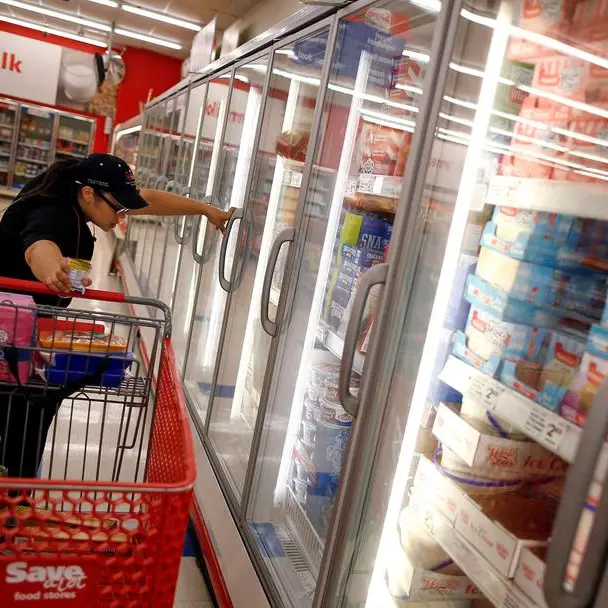PHOTO
Subway, which is exploring a potential $10 billion sale, further shrank last year in the United States as franchisees closed 2.7% of the brand's sandwich shops, squeezing its royalties and fees.
The chain shed another net 571 locations in 2022 after even steeper closings in previous years in the United States, its largest global market, according to the latest disclosure document it provides to franchisees who are interested in buying locations.
Subway has closed thousands of U.S. locations in recent years due to over-expansion, outdated operations and decor, stale menus and $5 footlong deals that eroded franchisees' profits.
Its 2021 turnaround plan under Chief Executive John Chidsey included a refreshed menu and splashy advertising campaign with A-list celebrities. But such plans can take several years to succeed, said restaurant consultant John Gordon.
Continued closings can also hurt public perception, said franchisee advisor Robert Edwards.
"That's baggage that they'll be hard pressed to step away from," Edwards said.
"We have spent the past two years optimizing our footprint by using a strategic, data-driven approach to ensure restaurants are in the right location, image and format," Subway said in a statement. "This includes opening new locations, with quality remaining a top priority, relocating restaurants to maximize guest traffic and closing locations when needed."
There is a silver lining: the pace of closings slowed last year, according to the document, dated April 25 and seen by Reuters. Subway franchisees closed more than 1,000 net U.S. locations in 2021 and 1,609 in 2020.
At the end of 2022, Subway had 20,576 shops in the United States. That is a sharp declined from 2016, when it had 26,772. It has roughly 37,000 total locations globally.
"The slowdown in closures is a result of the progress we have made to get back to smart growth, which will boost franchisee profitability and protect our position in the market," Subway said.
"In 2023, our goal is to increase new openings across North America by approximately 35 percent compared to 2022." (Reporting by Hilary Russ; Editing by David Gregorio)





















